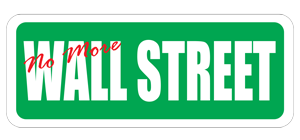The Federal Government has weighed in on the debate over investing fees and commission related to tax qualified plans like IRAs, 401ks, Keoghs, SEPs and others. In 2012, new disclosure rules were designed so you can see just how much you pay to use these plans.
But here’s what you won’t hear from the Federal Government, your employer, your plan administrator, your investment advisor – no one!
Let’s consider two accounts: a tax qualified plan – and a taxable plan. Each account starts with $100 and grows it to $110, for a tidy 10% gain. The investment advisor takes his typical 2% fee out – reducing each account by $2.20, leaving us with $107.80.
The qualified plan defers taxes, so the starting balance for next year is the full $107.80. But the other account owner pays tax on the $7.80 gain. If the tax rate was 20%, another $1.56 would be paid out of the account, and the starting balance for the coming year would be $106.24.
Let’s say that next year – both accounts are flat. The broker get’s to pull out another 2% fee – which will be higher for the tax qualified plan owner than it will be for the taxable plan owner – even at the exact same 2% rate.
That may not sound like much, but it can be $50,000 or more when compounded over an investing lifetime. That $50,000 is the investing cost you pay while growing Uncle Sam’s deferred tax revenue inside your plan.
Wait a minute – whose retirement are we really funding?
Want to find out how to eliminate taxation from your investing plan altogether? Reply “No More Taxes” and we’ll send you a report that will blow your mind.





